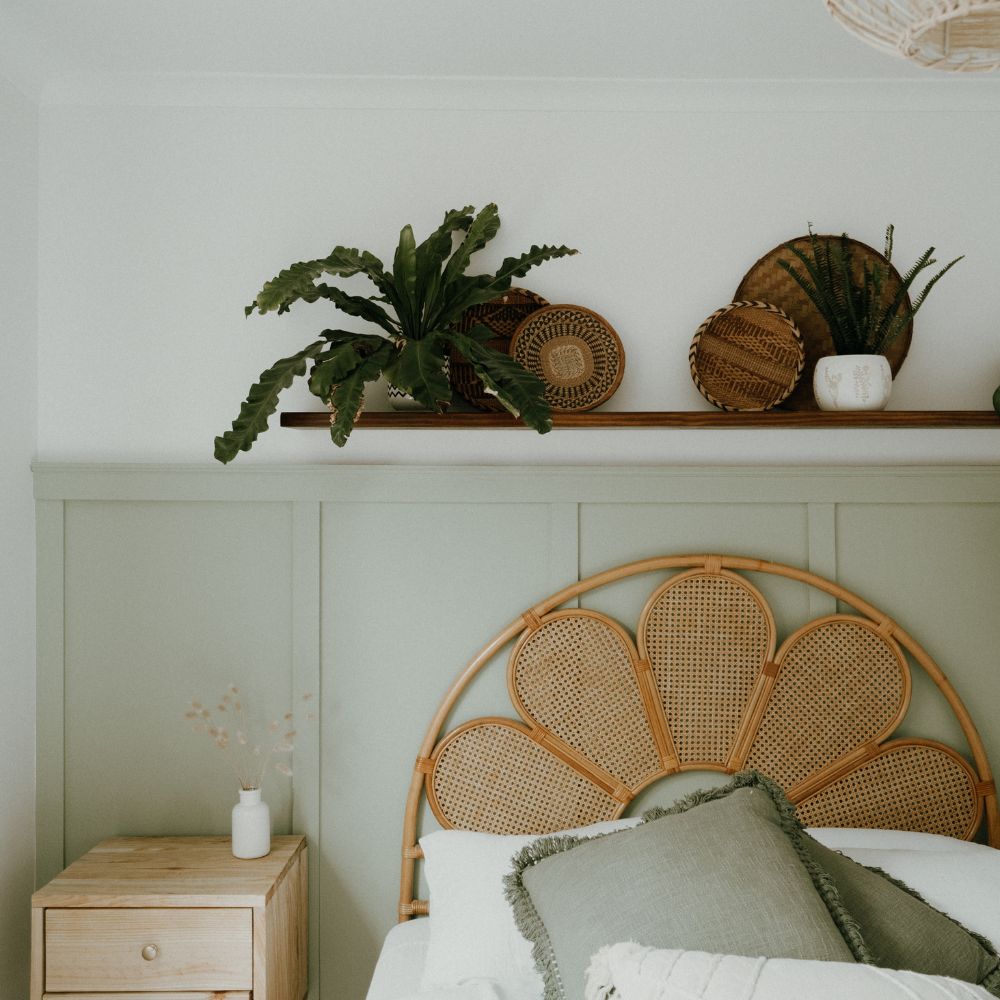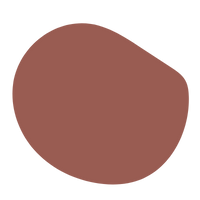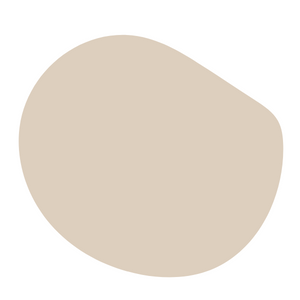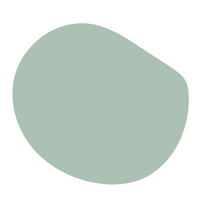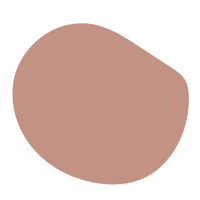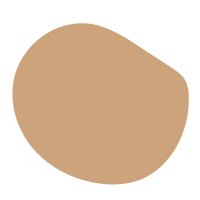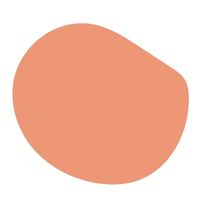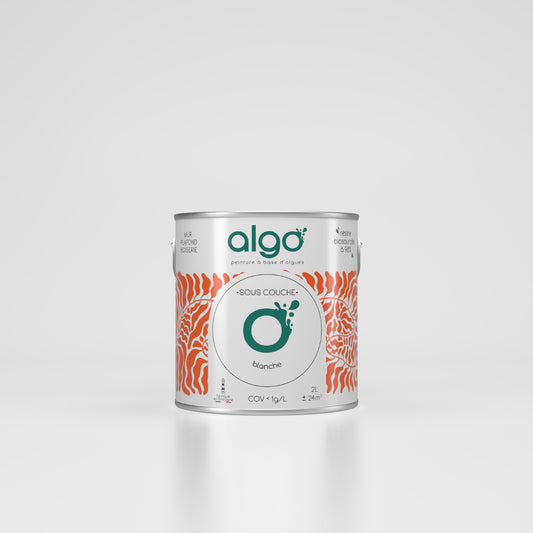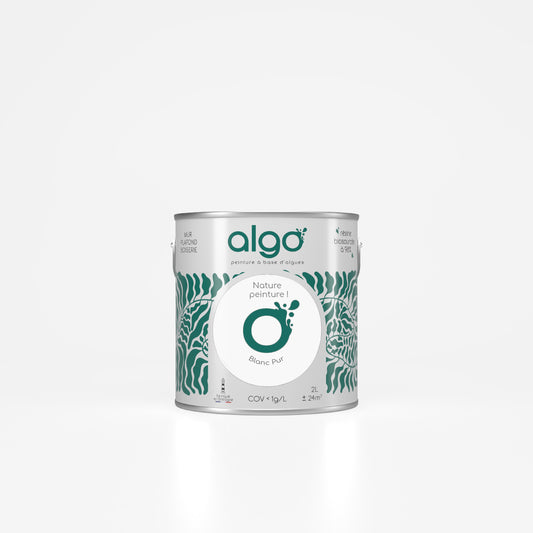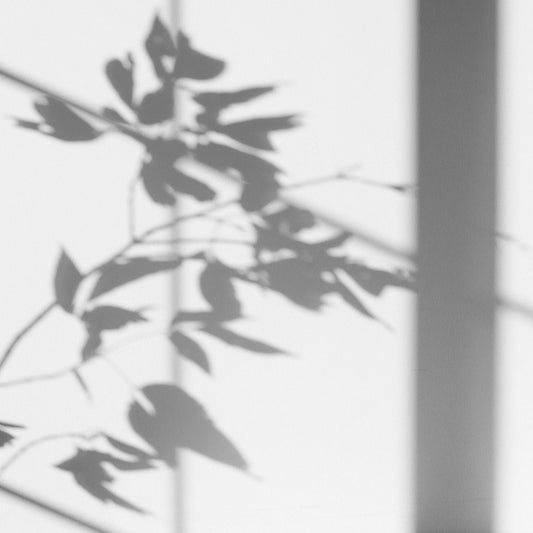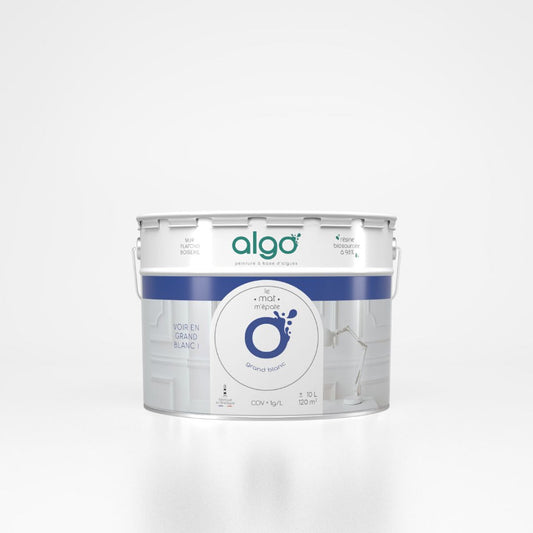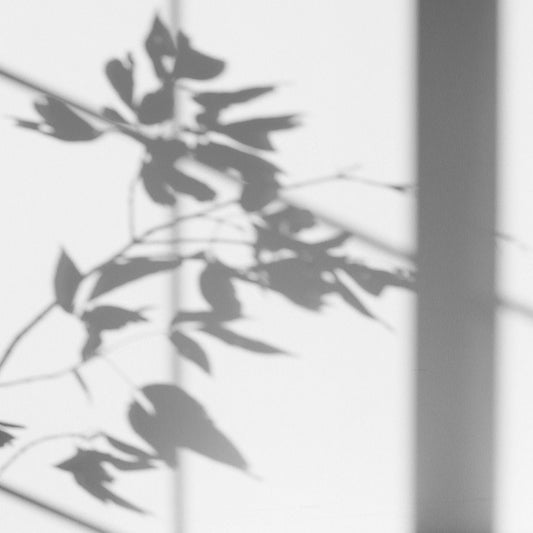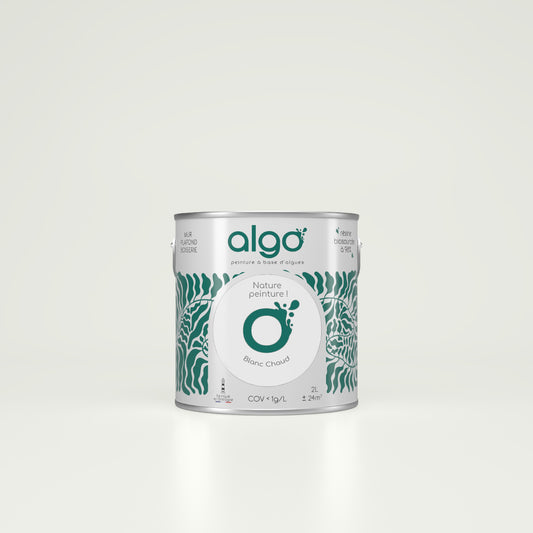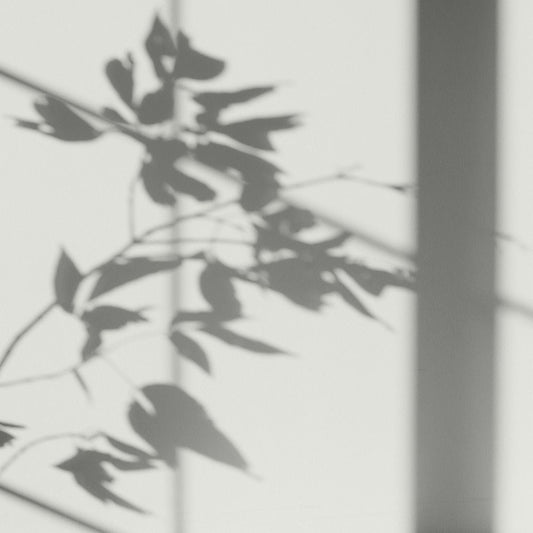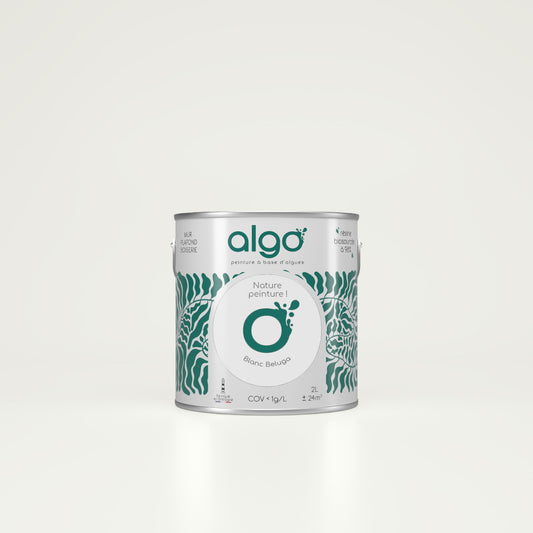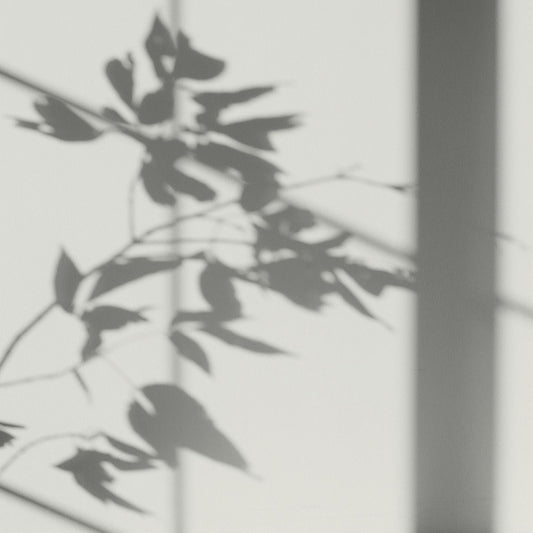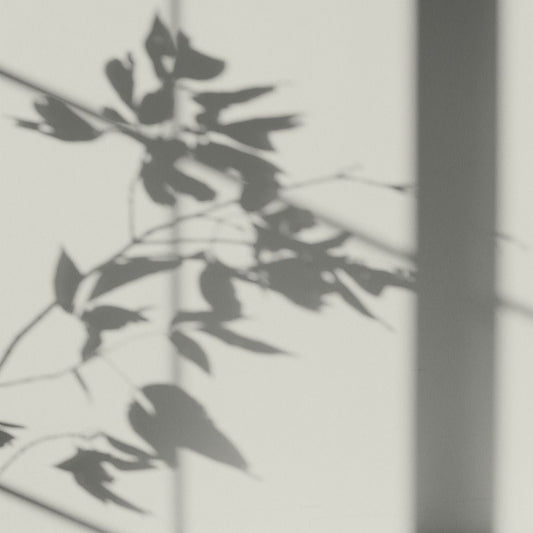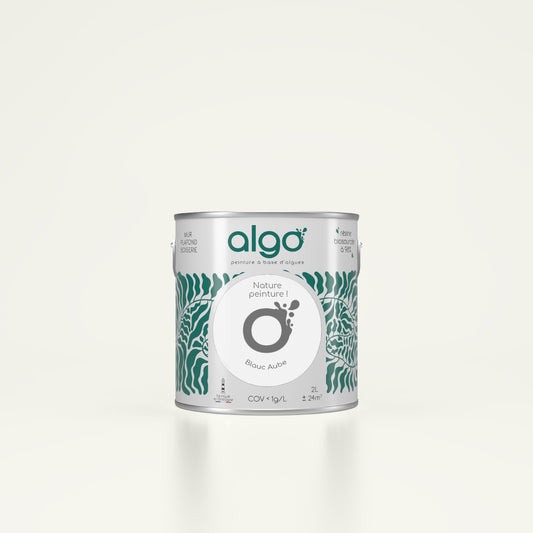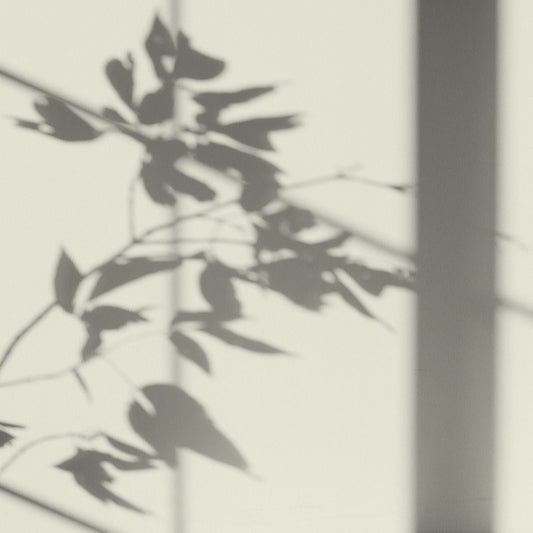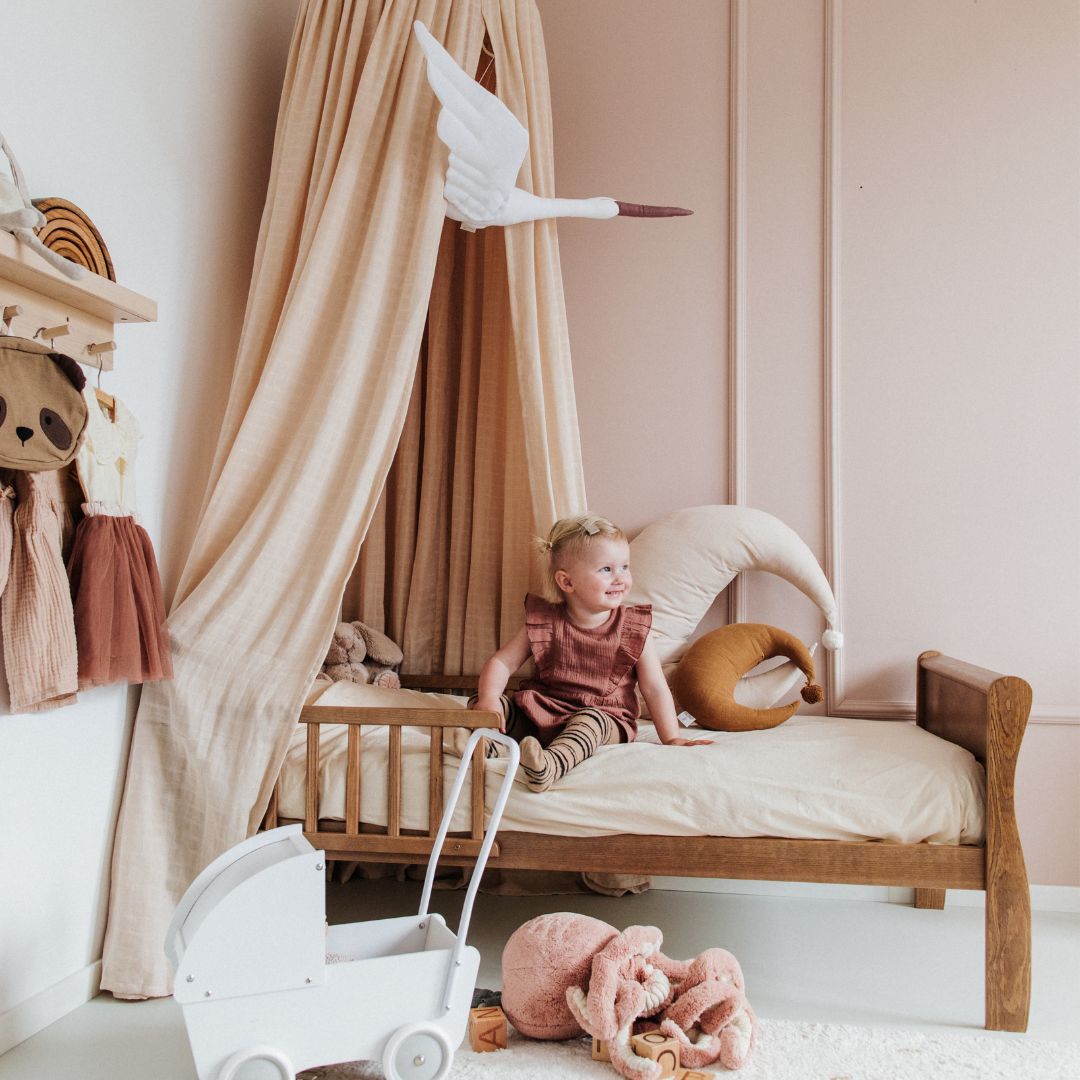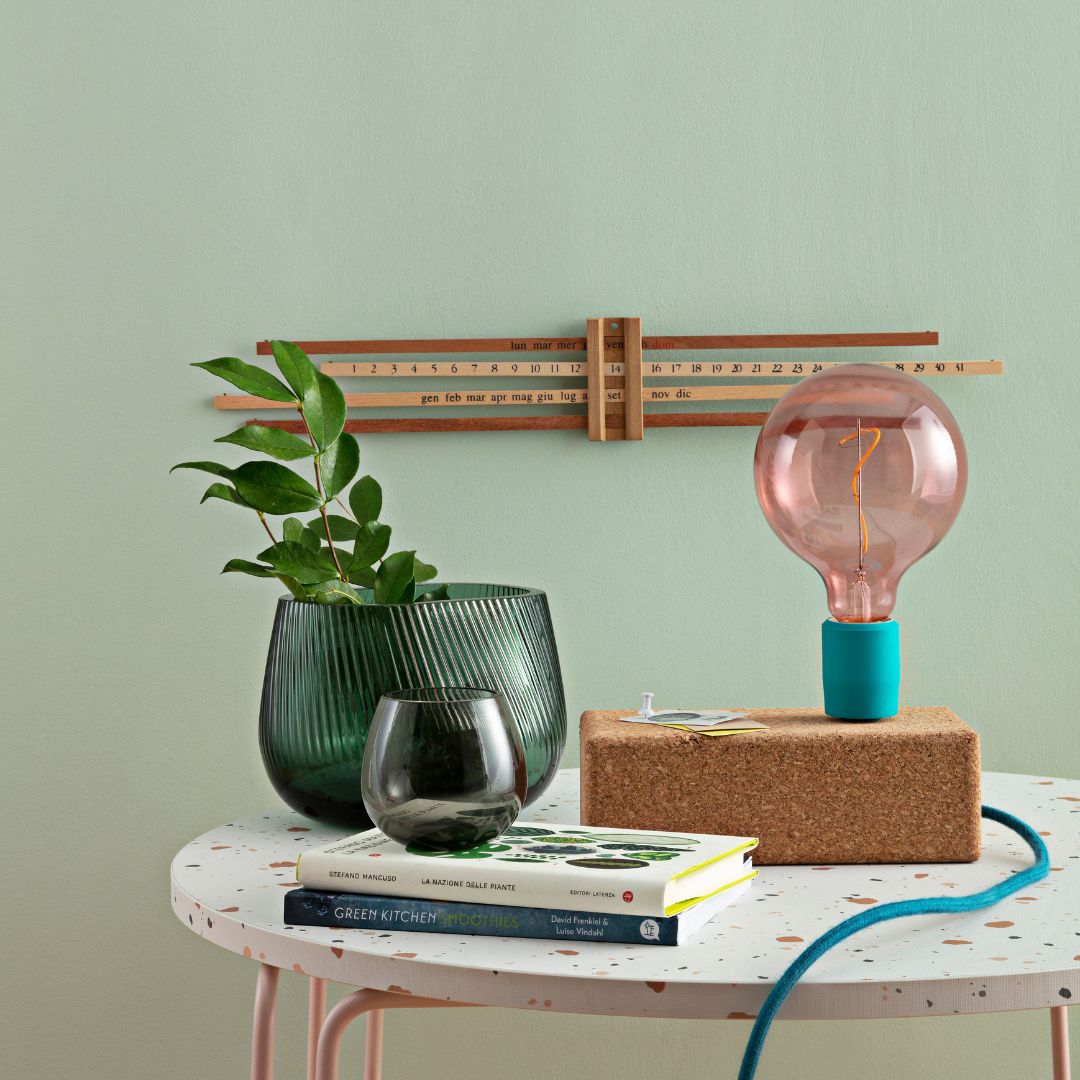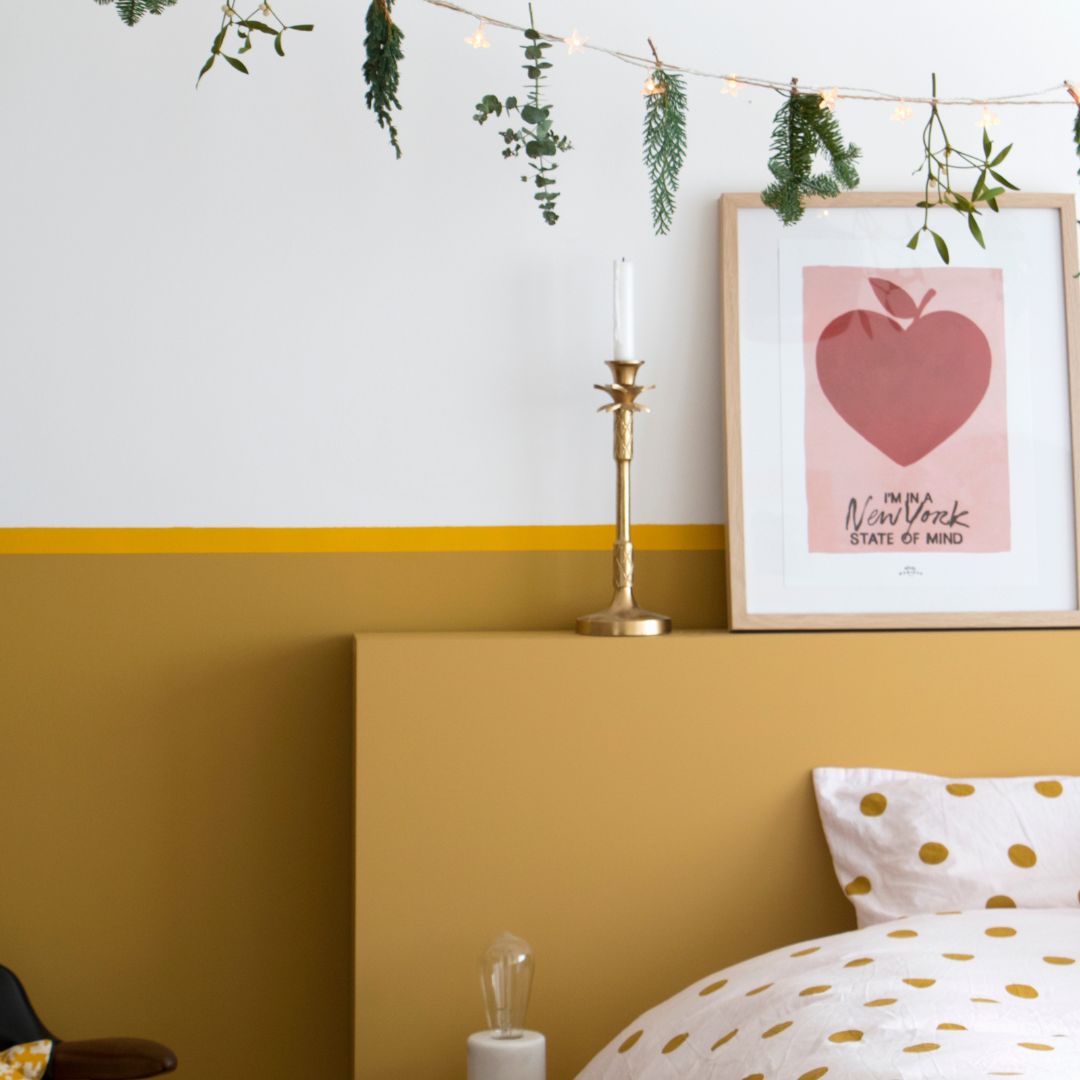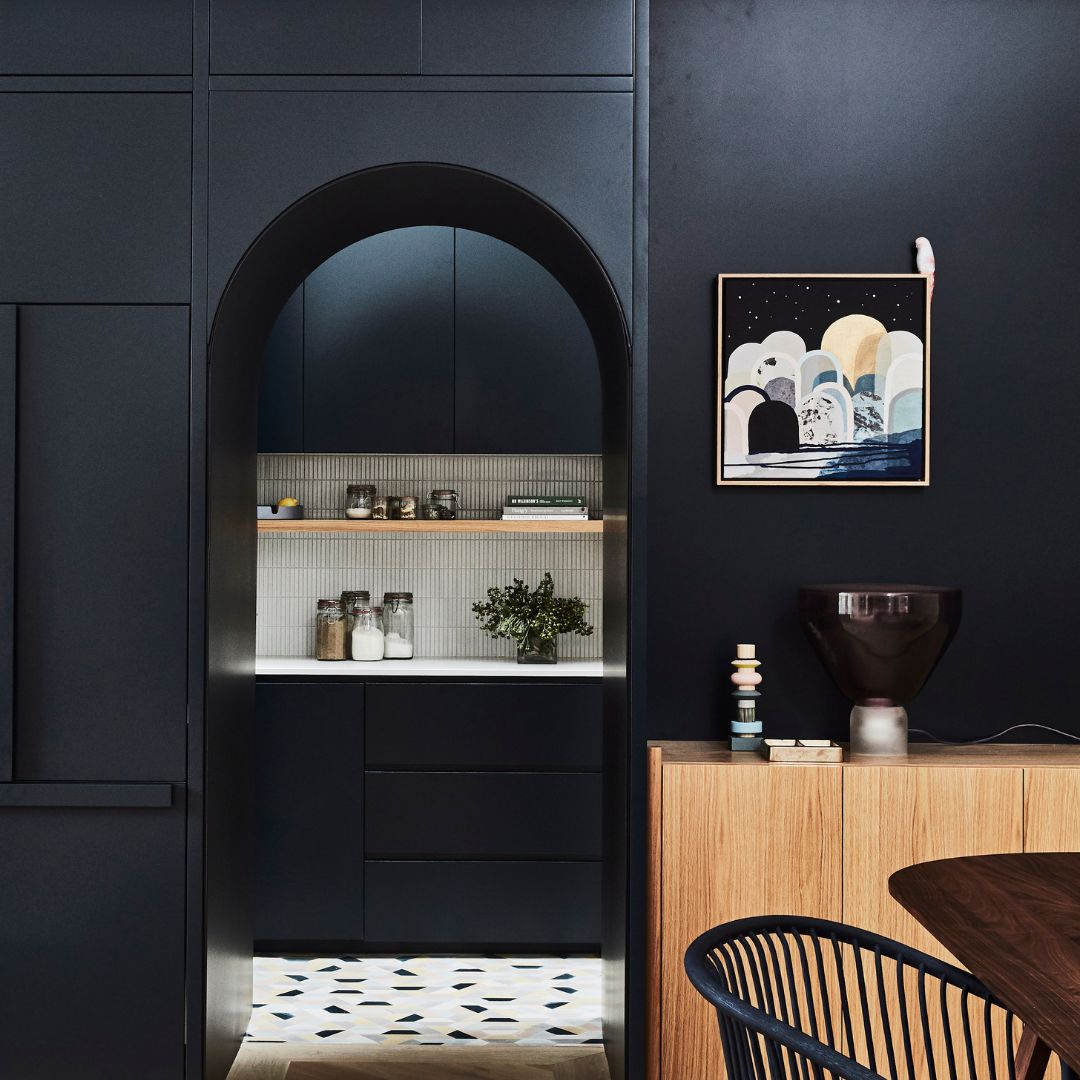-
Algo ecological underlay
Regular price from From 16,50 € ttcRegular priceUnit price 9,90 € ttc per l19,90 € ttcSale price From 16,50 € ttcSale -
Algo Eco-Friendly Paint - Pure White
Regular price from From 22,90 € ttcRegular priceUnit price 11,40 € ttc per l -
Algo Eco-Friendly Paint - Grand Blanc
Regular price from From 59,90 € ttcRegular priceUnit price 11,98 € ttc per l0,00 € ttcSale price From 59,90 € ttc -
Algo Eco-Friendly Paint - Warm White
Regular price from From 23,90 € ttcRegular priceUnit price 47,80 € ttc per l -
Algo Eco-Friendly Paint - Beluga White
Regular price from From 19,90 € ttcRegular priceUnit price 47,00 € ttc per l0,00 € ttcSale price From 19,90 € ttc -
Algo Eco-Friendly Paint - Arctic Polar Bear
Regular price from From 23,50 € ttcRegular priceUnit price 47,00 € ttc per l -
Algo Eco-Friendly Paint - Dawn White
Regular price from From 23,50 € ttcRegular priceUnit price 47,00 € ttc per l
Choose your colors with ease
-
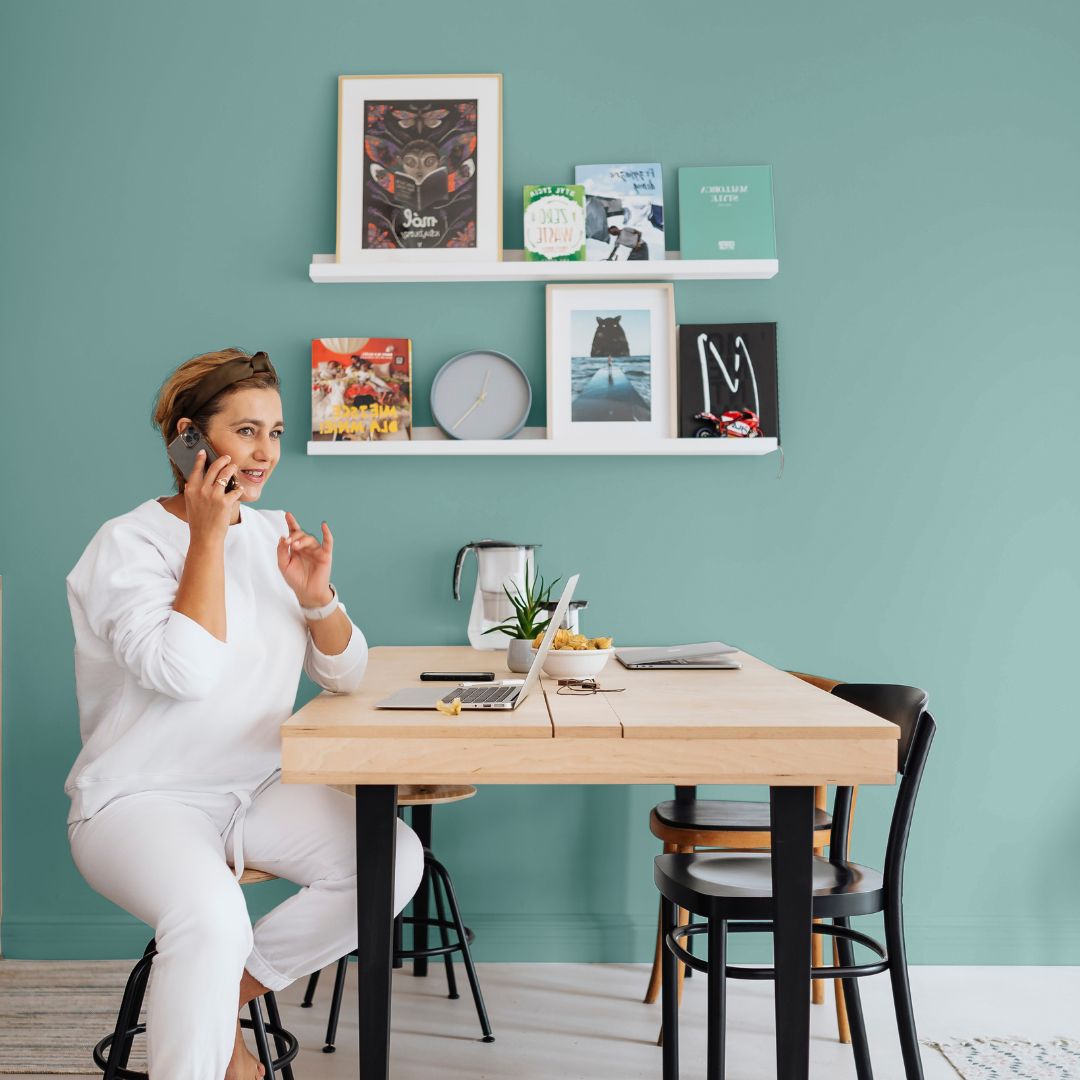
Find the perfect shades with our color consultant
Book your free coaching -

Easily choose your shades with our samples
See our 100 samples -
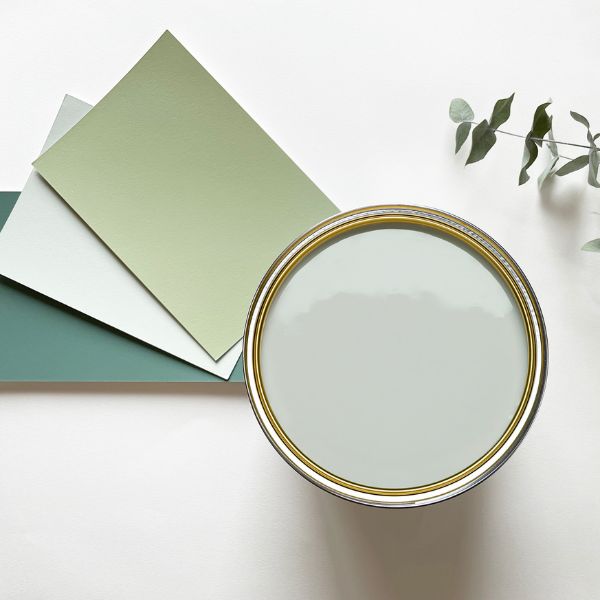
Fall for our magnificent color harmonies
See our color harmonies
-

Fast delivery
and neat -

A service
top customer! -

More than 2000
verified reviews -

Payment
secure
The kitchen is a place where we spend a lot of time: we cook there, we eat there and it is a room more exposed than others to dirt (grease stains, steam, etc.)
This is why applying paint to a kitchen is not something to be taken lightly: the paint you choose must be strong and durable, but also elegant in terms of the choice of shades.
The Algo team gives you all its advice for successful painting work in a kitchen: from preparing the work to choosing the colors.
5 tips for painting your kitchen like a pro:
tiles, worktops and splashbacks: decide what you want to paint
This may seem trivial, but not all the materials in your kitchen are necessarily compatible with so-called "classic" paint. This is the case for tiles or earthenware, which are "closed" surfaces and therefore require paint specifically designed for this type of surface, or failing that, a specific undercoat that will allow you to apply the finishing paint of your choice without worrying about incompatibility with the surface.
Prepare your support if it is a renovation
As with any room in your home, preparing the surfaces is an essential step in successfully painting your kitchen. While this may seem tedious at first, it will greatly help you achieve a successful painting project!
Painting work begins with the preparation of the surfaces: initially, cleaning the wall surfaces will be recommended using a cloth slightly dampened with clear water or slightly soapy water on dirty surfaces.
In addition to cleaning your walls, this will also help degrease your kitchen walls: they may be affected by splashes, grease stains or cooking fumes.
If your walls have imperfections, then you can also fill any cracks or holes that are visible before sanding the surface.
Don't skip the undercoat
For us, this is an essential prerequisite: regardless of the surface and its condition, applying a primer should never be an option. Allowing the surface to be homogenized and ensuring the most satisfactory result possible, primer paint is also an asset in facilitating the adhesion of the finishing paint.
While there are specific undercoats for kitchens, some universal undercoats are perfectly suited for application to kitchen walls. Algo undercoat is a perfect example.
Prepare your tools and a washable paint
Because a painting project cannot be improvised, you will need the following tools to carry out your painting work: a paint tray, a round brush to paint the corners as best as possible, a microfiber roller, preferably 12 or 14mm if you are using Algo paint.
To gain precision in your work, smooth masking can also be useful to anticipate unwanted brush strokes at corners.
The choice of paint is also important and is very often a subject of questions in rooms such as the kitchen or the bathroom.
Choosing a satin finish paint is recommended to meet the washability challenges of preparing meals in the kitchen. More durable and easier to maintain, satin becomes the obvious choice.
Another feature to take into account: the humidity generated in the kitchen means that choosing a satin finish is a bit more important, as it will be more resistant than a matte paint in this regard.
Some tips for painting your kitchen
Now you're armed with your paint roller and ready to paint your kitchen. We recommend applying a primer and two coats of satin finish to ensure the best possible finish. You can dilute the Algo paint slightly, up to 5% with water.
The ideal temperature for carrying out your work should be between 15° and 20°, and above all the recommended drying time is 12 hours between each coat.
What color should I choose for my kitchen walls?
To help you choose the right shades for your kitchen, we've compiled this collection of colors carefully selected by our color expert, Anne-Sophie.
The selection is divided into two parts: neutral colors, which are basic, and trendy colors that are perfect for the kitchen.
White, gray and beige paint for a designer decor
It's a cliché in interior design: when we talk about neutral shades, we immediately think of whites, beiges and grays (or even browns in certain configurations).
So there are no surprises: these 3 colors will be ideal if you want a neutral, timeless kitchen without taking any risks.
To help you choose the right color, we offer our deep white and warm white, which are absolute references for every room in the house. Some of our beiges are also suitable for the kitchen: with a preference for Noirmoutier beige, which is intended to be neutral.
Pearl gray is also an interesting color: modern and sober, it will have the advantage of being discreet and soft.
Green, blue or terracotta for a trendy decor
A terracotta kitchen
Terracotta is the color of the moment par excellence. Elegant and original, it is a shade that can totally find its place in kitchens.
If we encourage the choice of colors in your interiors: the use of terracotta in a kitchen is all the more successful when it is applied in harmony with a less sharp and softer color which will reveal the character of the terracotta.
Applied as a total look in a room, terracotta can be responsible for darkening the room, especially if it is not very bright; which is why it will be even more harmonious when combined with a warm white or beige, for example!
A green kitchen
Green is a trending color in kitchens, that's for sure. It can be used throughout the entire room if it's a soft, understated green like soothing sea green or restful green. The soft appearance of these shades will allow you to be bold with color while ensuring a certain brightness in your kitchen.
More original combinations can also be achieved using warmer greens such as canopy green or olive green, for example. While we're more nuanced about using dark greens throughout the room, they will be enhanced if paired with softer, neutral colors.
A kitchen in blue
Another color to use in a kitchen: blue. Bright and warm, our range of blues remains a perfect alternative for use in the kitchen.
A wide range of blues can be combined: meditation blue will have the ability to transcend space and give substance to your kitchen. Our Sept-Iles navy blue will create a cozy and intimate atmosphere.
As with terracotta, we recommend it mainly for use on a section of wall to limit saturation of the room.
Another blue we've chosen for a kitchen is Charming Blue. Slightly grayed, it's a welcoming and chic color, especially when used in small touches.
In conclusion: remember that maintaining your paint will ensure its durability over time. By choosing a satin paint, you will have plenty of time to clean your walls of any spills, which will prevent stains from setting into the paint.
Our customers have asked us:
👉 Which paint for the kitchen: matte or satin?
Just like in the bathroom, a satin finish is recommended for the kitchen. Whether on the walls or the ceiling of the kitchen, the washable nature and moisture resistance of the satin finish are two distinct advantages.
👉 What type of paint should you choose for a kitchen?
There are "special kitchen" paints that allow you to paint in the kitchen. It's also worth noting that some interior wall and ceiling paints can also be used in kitchens. This is particularly the case with Algo paints: they have a satin finish that guarantees increased resistance to humidity and ensures the paint is washable.
👉 What color paint for the kitchen?
Blues and greens are very popular colors in kitchens, especially sea greens and pastel blues.
The strong trend for terracotta makes it a very fashionable color for kitchens. For more neutrals, white and beige are also timeless basic colors that are perfectly suited to a kitchen.
